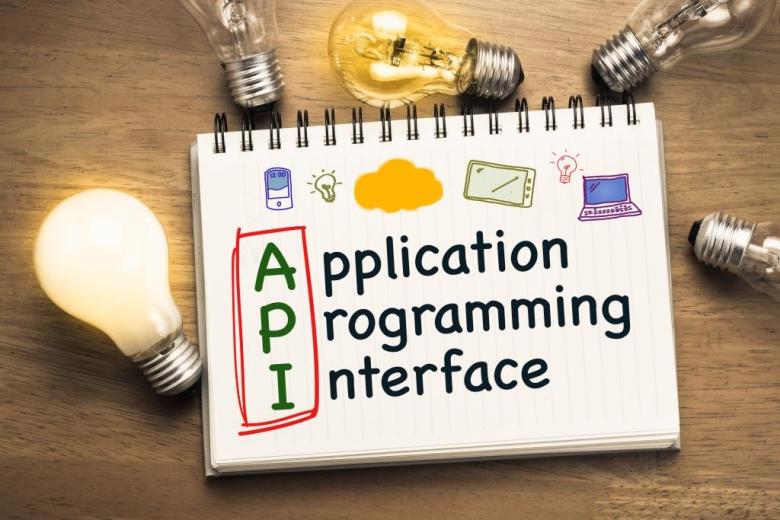
No longer simply the tools used by developers for internal systems, APIs can push digital government programs to new levels, writes Dean Lacheca.
Application programming interfaces (APIs) are the building blocks of digital transformation – they make digital society and digital government work. They connect people, businesses and things. They enable new digital products and business models for services, and create new business channels.

Despite the significant role they play in government, APIs are suffering an identity crisis in the eyes of executives. Overuse of a misunderstood technical reference is undermining the critical and transformational impact they can have on government organisations. Unfortunately, government IT departments tend to revert to treating APIs as a type of technology, rather than a business product.
Yet APIs are no longer simply the tools used by developers for internal systems and integration. They’re a strategic government service that can push open and digital government programs to new levels. New revenue, service innovation and optimisation opportunities can be lost if APIs aren’t properly articulated in business terms.
Communicate outcomes, not technology
Many government organisations are largely ignoring APIs, not positioning them within their business or technology strategies. If you’re a government CIO, it’s your role to turn executives’ perceptions around to enable future innovation and collaboration across your organisation and the community. Focus on the value APIs represent and the outcomes they’ll deliver, rather than technology.
Open government transparency programs are supported by APIs. They also support innovation, from government services to empowering ecosystem partners, through to community-led innovation distributed across a range of third parties.
APIs are used to improve integration into third-party platforms, such as Google Maps. They improve the government’s agility to support more rapid service model changes and they open opportunities for new revenue sources. They also support government efforts to improve operational efficiencies and improve cross-government data and service usage.
By building a comprehensive, multi-faceted, value-driven strategy around these business outcomes and benefits, the real impact of the API programs will be recognised. This outcome focused approach will allow government organisations to reach beyond their organisations and governments to engage citizens, businesses and ecosystem partners through new channels.
Focus strategy on citizen, government or value
APIs are building blocks and enablers of digital government that require specific architectural and management considerations. However, these technical considerations and investments won’t resonate with government executives in isolation.
APIs — and the investment required to support them — must be positioned as an enabler of outcomes, not an outcome in itself. You won’t succeed if strategies or business cases for investment in APIs or ecosystem platforms are perceived as abstract technology investments.
An architectural decision to adopt a modern application architecture represents a significant investment in technology, skills development and time. This investment must represent measurable value beyond IT.
The value of the API platform must be articulated in terms of tangible value to the organisation or the community. A business case in the taxation domain, for example, wouldn’t focus on the benefits of the technology. It would be built around coordinating efforts and orchestrating data from across the public and private sectors to simplify the user experience and help increase compliance and collection rates.
The value must be outcome-based and aligned with the strategies, values and/or action plans of the organisation. These can be simple to explain, like the potential to generate revenue by monetising API products. They could be linked to multi-channel service delivery strategies or the engagement of ecosystem partners to drive innovation. Rather than the government developing additional channels for services, for example, it can choose to be an ecosystem partner and let other people build the apps or dashboards, saving it money while improving citizen service delivery.
Examples of these types of APIs exist within the public transport domain in Australia. Most states offer some level of APIs for their public transport services, such as Queensland’s TransLink APIs, Transport NSW and Public Transport Victoria.
Some uses include real-time vehicle positioning for trains, buses, ferries and light rail vehicles, while others offer real-time arrival times at specific stops. The information is used by developers to offer services like trip planners through mobile apps.
Alternatively, the APIs could fall into the operational efficiency category, putting an API in front of an existing legacy application to allow service innovation. Later, you may decide to replace the existing legacy application for something less costly without impacting the already modernised services.
The value that the API represents must be expressed in terminology understood by non-technical government executives. If you’re building strategies or business cases for this investment, you must be able to articulate how benefits such as increased agility, improved scalability, operational efficiency or support for a continuous multi-channel experience represent value to the organisation.
Dean Lacheca is a research director at Gartner focused on supporting public sector CIOs on the transition to digital government.
Comment below to have your say on this story.
If you have a news story or tip-off, get in touch at editorial@governmentnews.com.au.
Sign up to the Government News newsletter.
